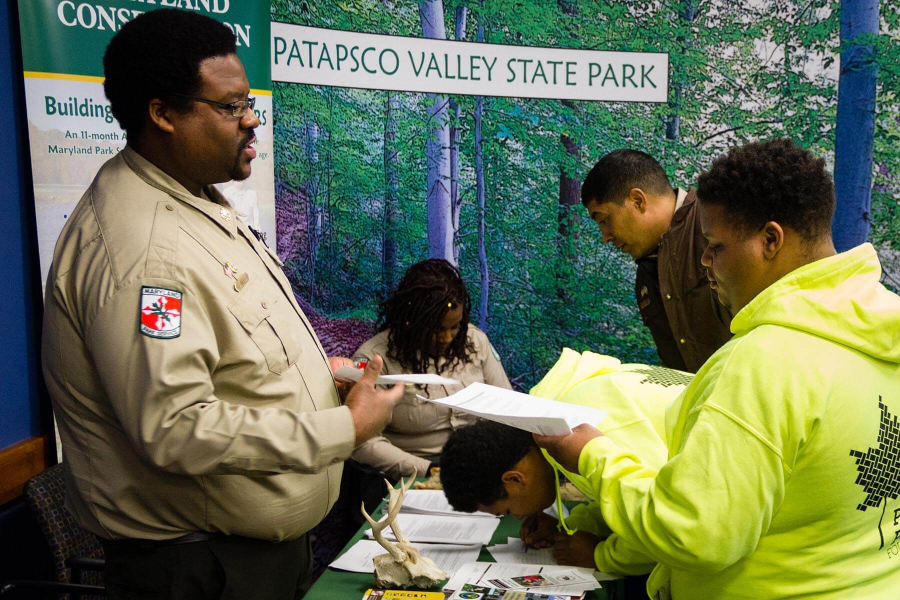Attracting a diverse workforce continues to be a priority for the Chesapeake Bay Program
Results of second diversity survey show progress toward meeting Watershed Agreement outcome

Results of second diversity survey show progress toward meeting Watershed Agreement outcome

Comments
There are no comments.
Thank you!
Your comment has been received. Before it can be published, the comment will be reviewed by our team to ensure it adheres with our rules of engagement.
Back to recent stories